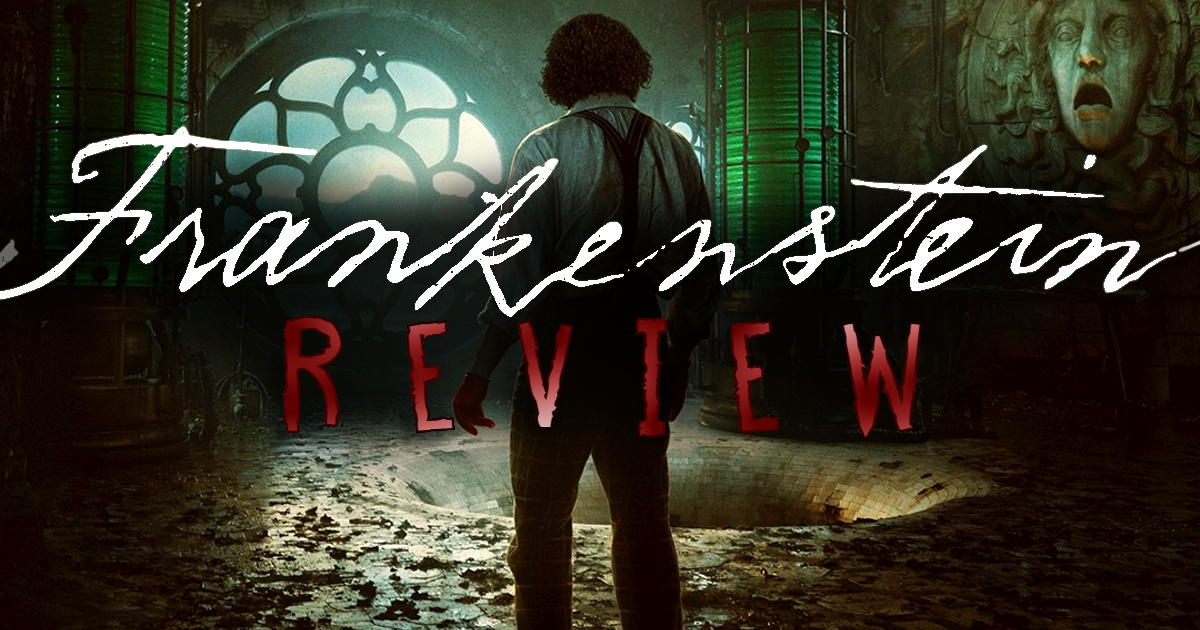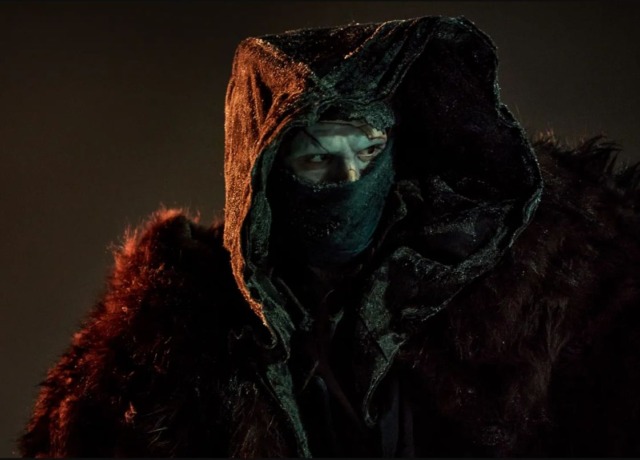‘Frankenstein’ (2025): Guillermo del Toro’s Abusive Parent Allegory

Passion projects are sometimes tricky endeavors for directors. They often range from the ambitiousness of Peter Jackson’s King Kong to the fascinatingly disastrous wonders of projects like Megalopolis. The story of Frankenstein is a project Guillermo del Toro has discussed for years. Similar to Peter Jackson’s King Kong, it’s an adaptation that seems like a match made in monstrous heaven.
Frankenstein (2025) does make many solid decisions in its adaptation. The novel adaptation by del Toro takes a familiar story and reexamines who the monster is. The original work always treated Frankenstein similar to an Oppenheimer metaphor, a man haunted by his destructive creation. But in del Toro’s version, the creation is a sympathetic beast haunted by his abusive parent. It’s an interesting spin on a familiar tale, even if it might be too long in runtime.
What is Frankenstein (2025) about?
Written and directed by del Toro, the film begins similarly to the novel. Victor Frankenstein (Oscar Isaac) has a traumatic childhood involving the untimely death of his mother. The event throws him into a never-ending quest to solve death and bring the deceased back to life.
The film wonderfully explores the science behind this idea for some time, breaking down the human nervous system and how it connects to a beating heart. One of the best practical pieces in the film involves Victor giving a demonstration to a team of scientists and doctors, and it uses an animatronic half upper torso with the heart and lungs exposed.
After securing funding through a man with questionable morals named Heinrich Harlander (Christoph Waltz), Victor begins to assemble a humanoid from the body parts of soldiers and executed criminals. The experiment succeeds, and a specimen known as The Creature (Jacob Elordi) awakens like a monstrous newborn.
In the novel, Victor runs away before getting to know the monster, forever haunted by his lurking creation. Here, Victor spends time with The Creature and is slowly but increasingly agitated by the lack of progress in The Creature’s intelligence. From here, Victor becomes akin to an insecure parent, unable to grapple with the complexities of a vulnerable new life, leading The Creature to become more aggressive in self-defense. Meanwhile, the only individual who sympathizes with The Creature is Elizabeth Lavenza (Mia Goth), sparking more insecurity from Victor, who has eyes for Elizabeth.
Guillermo del Toro and Netflix offer a fresh spin on Frankenstein
It’s within the birth of The Creature where the film finds life. Additionally, the film helps the viewer understand why Elordi was chosen to play del Toro’s monster. While The Creature is visually designed to look fierce, it’s the heartbreaking gaze in its eyes that tells this story. And Elordi beautifully communicates the deep-seated pain quietly lurking behind the intense presence of Frankenstein’s creation.
Oscar Isaac as Victor is a heinous personality, consumed by insecurity and ego. Between Elordi and Isaac, the film finds a tense energy that saves it from many of the unfortunate flaws surrounding it.
It’s their central story in which the film finds a unique spin on Mary Shelley’s work. The story somewhat plays out like the Three Little Pigs from the wolf’s perspective, offering the monster some sympathy. At the precipice of his creation, The Creature is treated like a pet that Victor resents. And he treats The Creature with disdain while keeping him chained up underground.
It’s only when Victor’s creature finds a sense of agency that he becomes a coward and abandons his child. In a sense, the movie is about a child finding himself after suffering from the abuse and neglect of his father. Del Toro loves exploring themes of childhood trauma, and with Frankenstein, Elordi is simply playing a lost, angry kid.

Visually pleasing cinematography by Dan Lausten, but the film feels small and overly long
Outside of the rich core themes of neglect and emotional abuse, Frankenstein does have a few setbacks. While Netflix does feature some terrific films like The Irishman and The Killer, del Toro’s Frankenstein lacks the larger-than-life feel of a theatrical release. It’s one of those experiences where it’s hard to tell whether a theatrical purchase is required.
The story requires more small, intimate moments, but Sinners, for example, was packed with intimate scenes while retaining a grandness. And I suspect the lack of cinematic scope is an issue that could be easily addressed by shooting on film rather than digital. The lines between film and television are blurring. But when a movie is produced with the same cameras used in big TV shows like The Mandalorian or Stranger Things, it becomes harder for consumers to notice any juxtaposition between the two. Frankenstein is the first movie to give me this concerning experience.
Regardless of whether it feels like a streaming movie or a theatrical one, cinematographer Dan Lausten understands the visual style of a del Toro movie. There are fantastic flourishes of classical texture, where various rooms feel shadowed and lit like a Victorian-era painting. And the aesthetic has a worthy companion in the pristine production design.
The minutest nitpick can be targeted at runtime. The pacing struggles through most of the first hour, with long conversational set pieces that feel like extended filler for a series. Some of these sequences could have been tightened or cross-cut to convey the same story beat more quickly. It’s one of the rare films begging for a montage. Thankfully, once The Creature comes alive, the film overcomes cinematic lethargy.
Guillermo del Toro’s slow yet beautiful creature
While the film suffers from a few pacing issues, I can’t dismiss the heartfelt allegory on display. Frankenstein has undergone various interpretations, but from my recollection, this is the first to examine Victor Frankenstein as an aggressive and emotionally abusive parent. The magnificent way del Toro makes Victor Frankenstein the monster who haunts The Creature is on brand for his legacy. It makes sense that del Toro would have sympathy for The Creature long before giving any romantic feelings for Victor.
Overall, the film would work so much better if it were trimmed down and not photographed like most Netflix programming. But the spark in Guillermo del Toro’s Frankenstein remains, thanks to great performances by Elordi and Isaac. Moreover, del Toro’s story stays true to the heart of Mary Shelley’s novel by understanding that the real villain of Victor’s story has always been himself.
Also check out V/H/S/Halloween Is A Cruel Addition To The Shudder Film Franchise


